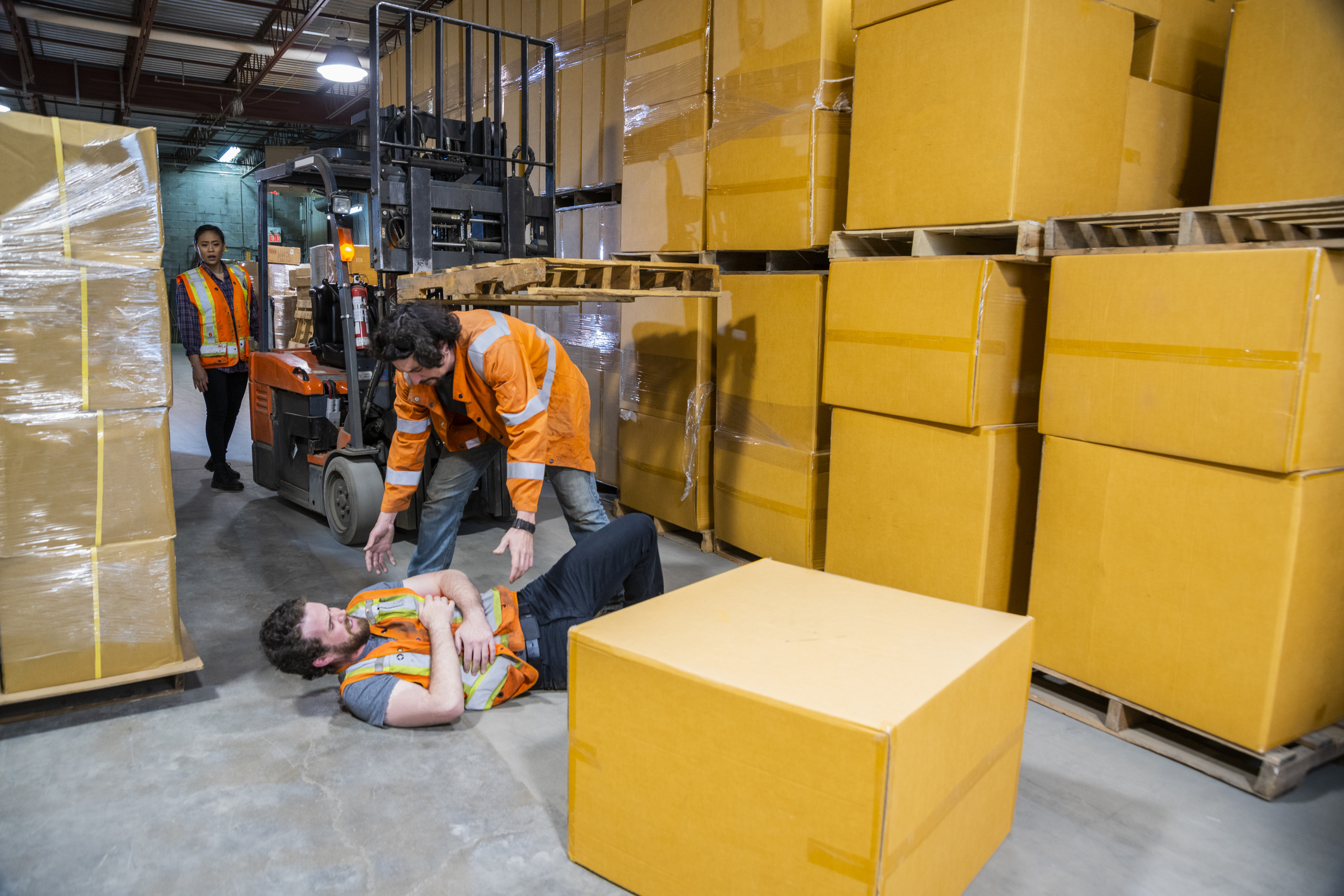Cultivating a Culture of Reporting: Moving from Fear to Feedback

A strong safety culture isn’t just about wearing hard hats and harnesses; it’s built on a foundation of open and honest communication. When employees feel safe to speak up about potential hazards and near-misses, organizations gain invaluable insights that can prevent serious incidents before they occur. However, creating an environment where reporting is not just encouraged but ingrained in the company DNA requires a conscious shift—from a culture of fear to a culture of feedback. This transformation doesn’t happen by accident; it’s the result of deliberate, strategic effort.

The Problem with Silence: Overcoming the Fear Factor
For many employees, the decision to report a safety concern is weighed against a perceived risk. Will they be blamed? Will they be seen as a complainer? Will reporting lead to disciplinary action or slow down operations? This fear, whether real or imagined, creates a culture of silence where near misses go unreported and hazards remain unaddressed. Each unreported event is a missed opportunity for learning and improvement, a crack in the organizational armor that can eventually lead to catastrophic failure.
The first step in dismantling this fear is to implement a non-punitive reporting policy. This policy must be more than just a document; it needs to be a promise, clearly communicated and consistently upheld, that individuals will not face retribution for reporting safety issues in good faith. It’s crucial to clarify that “non-punitive” does not mean a lack of accountability. The policy should protect those who report errors and hazards, while still holding individuals accountable for willful negligence or malicious acts. The focus shifts from “who is to blame?” to “what went wrong and how can we prevent it from happening again?” This is the bedrock upon which trust is built.
Leadership’s Critical Role: Walking the Talk
A non-punitive policy is only as effective as the leadership that champions it. Safety managers and directors play a crucial role in fostering the psychological safety necessary for open reporting.
How leadership can build trust:

- Lead by Example: Actively participate in safety reporting. When leaders report their own near-misses or identify hazards, it sends a powerful message that this is a shared responsibility, not just a frontline task. Imagine a plant manager stopping production briefly to report a slick spot where they almost slipped. This single act demonstrates vulnerability, prioritizes safety over production, and validates the reporting system more effectively than a dozen memos.
- Respond with Gratitude: Every report, no matter how small, is a gift of information. Thank employees for their courage and diligence in bringing issues to light. This simple act of appreciation reinforces the value of their contribution. This positive reinforcement counteracts the natural human hesitation to deliver potentially “bad” news. It reframes the reporter not as a troublemaker but as a valued partner in the safety process.
- Ensure Transparency: Be open about the process. When a report is submitted, acknowledge it promptly and keep the reporting employee informed about the steps being taken to investigate and address the concern. This doesn’t mean daily updates are necessary. Still, a simple “We’ve received your report and are investigating” followed by a later “Here’s what we found and the corrective action we’re taking” prevents reports from feeling like they’ve disappeared into a black hole. This transparency builds faith in the system itself.
Practical Strategies to Encourage Reporting
Beyond foundational trust, several practical strategies can actively boost reporting rates and normalize the behavior across your workforce.

- Make it Effortless: The reporting process should be as simple as possible. Remove barriers by providing multiple, accessible channels. Consider placing QR codes on machinery that link directly to a simple reporting form, establishing a dedicated text message hotline, or using a mobile app. The fewer clicks and fields required, the more likely an employee is to report an incident immediately.
- Provide an Anonymous Option: While named reporting is ideal for follow-up, a truly anonymous channel is crucial, especially when a culture of trust is still developing. This can serve as a safety valve, allowing critical information to surface that would otherwise remain hidden due to fear of social or professional reprisal.
- Recognize, Don’t Just Reward: While incentives can be effective, they can sometimes lead to unintended consequences, such as “pencil-whipping.” Focus instead on recognition. Celebrate a “Safety Catch of the Month” in a company-wide communication, have a senior leader personally thank an employee for their report, or highlight their contribution in a team meeting. Public praise values the act of reporting itself.
- Integrate it into Routines: Make safety reporting a standard part of daily work. Dedicate five minutes at the start of a shift for a “hazard hunt” or include “safety observations” as a standing agenda item in team meetings. This embeds the practice into the workflow, making it a collective and routine responsibility rather than an extraordinary event.
Closing the Loop: Turning Feedback into Visible Action
Encouraging reporting is only half the battle. To create a virtuous cycle of continuous improvement, employees must see that their feedback leads to tangible change. When people know their voice matters, they are more likely to use it again.
Strategies for effective communication:

- Share Success Stories: Regularly communicate the positive changes that have resulted from employee reports. Use newsletters, safety meetings, or digital dashboards to highlight a specific report, the solution implemented, and the potential incident that was averted. Be specific. Instead of saying “We improved machine guarding,” say “Thanks to a report from the night shift, we redesigned the guard on Mill #3, preventing a potential entanglement injury. Here’s a photo of the new guard.”
- Visualize the Impact: Utilize data to demonstrate the program’s impact. Charts or graphs illustrating a decrease in incident rates or an increase in hazard identification can be powerful motivators. Focus on celebrating leading indicators. A sharp increase in near-miss reporting is not a sign of a more dangerous workplace; it’s a sign of a healthier safety culture. Show this trend alongside a stable or decreasing trend in actual incidents to demonstrate that the system is working effectively.
- Involve Employees in Solutions: Whenever possible, involve the employees who reported the issue in the brainstorming and implementation of the solution. This fosters a sense of ownership and further empowers your team to take proactive steps towards safety. This turns employees from passive observers into active problem-solvers and creates “Safety Champions” who will organically encourage their peers to participate.
By moving from a paradigm of fear to one of feedback, you unlock the single greatest asset in your safety program: the eyes, ears, and expertise of your entire workforce. Cultivating a robust reporting culture is not a one-time initiative but a continuous commitment to listening, learning, and improving. It’s an investment that pays dividends in the form of a safer, more engaged, and more productive workplace for everyone. The journey begins with a single, foundational question: have you created a space where your people feel truly safe to speak up?
Related Posts




